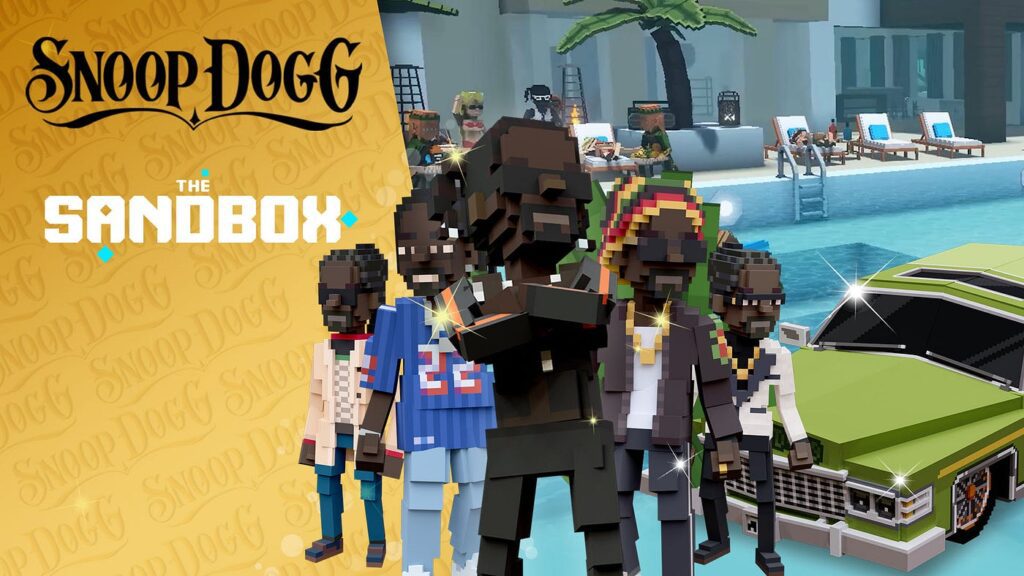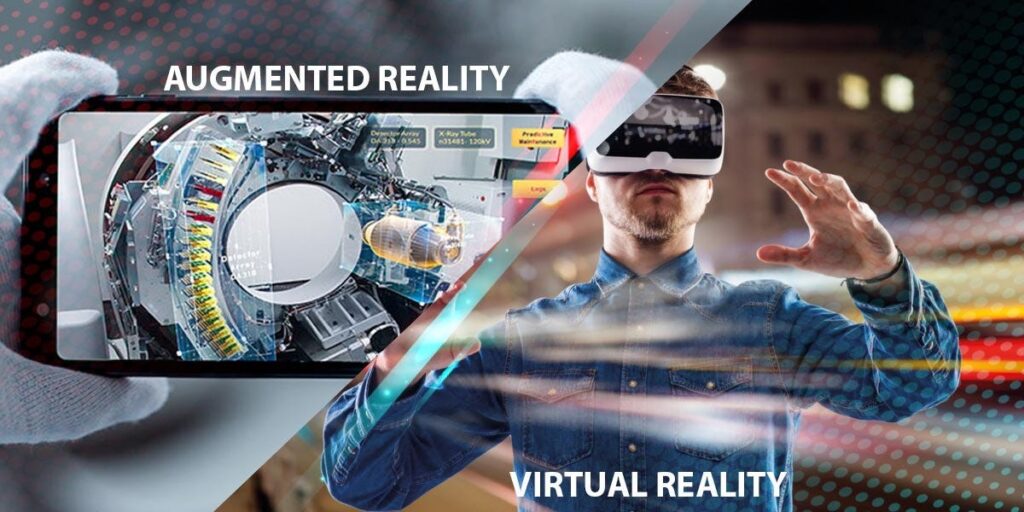Takeaway
The integration of Non-Fungible Tokens (NFTs) into gaming has revolutionized the monetization of digital assets, allowing players to own, trade, and profit from their in-game items. This article delves into the mechanics of NFT games, their economic implications, and real-world examples that illustrate the potential for developers and players alike.
The gaming industry has undergone a seismic shift with the advent of blockchain technology, particularly through the introduction of Non-Fungible Tokens (NFTs). NFTs are unique digital assets verified using blockchain technology, which ensures their scarcity and ownership. Unlike traditional in-game items, which are often locked within a game’s ecosystem, NFTs allow players to truly own their digital assets, enabling them to trade, sell, or utilize them across different platforms. This paradigm shift not only enhances player engagement but also opens new avenues for monetization for game developers.
The Mechanics of NFT Games
At the core of NFT games lies the concept of digital ownership. Each NFT is a unique token that represents ownership of a specific item, character, or piece of land within a game. This ownership is recorded on a blockchain, providing transparency and security. Players can buy, sell, or trade these NFTs on various marketplaces, creating a vibrant economy around digital assets.
For instance, in games like “Axie Infinity,” players breed, raise, and battle creatures called Axies, which are represented as NFTs. Each Axie has distinct traits and abilities, making them unique and valuable. Players can earn cryptocurrency by participating in battles and tournaments, which can then be converted into real-world currency. According to a report by DappRadar, Axie Infinity generated over $1.3 billion in sales in 2021 alone, showcasing the lucrative potential of NFT games (DappRadar, 2021).
Economic Implications of NFT Games
The economic model of NFT games is multifaceted, involving various revenue streams for developers and players. One of the primary ways developers monetize NFT games is through the initial sale of NFTs. By creating limited-edition items or characters, developers can generate significant revenue upfront. Additionally, secondary sales of NFTs can also yield profits for developers through royalty fees, typically ranging from 2.5% to 10% on each transaction.
Moreover, NFT games often incorporate play-to-earn (P2E) mechanics, where players can earn cryptocurrency or other rewards by participating in the game. This model incentivizes player engagement and retention, as players are motivated to invest time and effort into the game to reap financial benefits. According to a study by NonFungible.com, the P2E model has contributed to a 200% increase in the number of active wallets in the NFT gaming sector from 2020 to 2021 (NonFungible.com, 2021).
Real-World Examples of Successful NFT Games
Several NFT games have emerged as frontrunners in this new digital economy, each showcasing unique mechanics and monetization strategies. “Decentraland,” a virtual reality platform powered by the Ethereum blockchain, allows users to purchase, develop, and sell parcels of virtual land as NFTs. In 2021, a virtual plot of land in Decentraland sold for a staggering $2.43 million, highlighting the immense value that digital real estate can hold (The Verge, 2021).
Another notable example is “The Sandbox,” a decentralized gaming platform that enables users to create, own, and monetize their gaming experiences. The Sandbox has attracted partnerships with major brands like Atari and Snoop Dogg, further legitimizing the NFT gaming space. In 2021, The Sandbox raised $93 million in a funding round led by SoftBank, underscoring investor confidence in the potential of NFT gaming (TechCrunch, 2021).

Snoop Dogg joins The Sandbox, boosting NFT gaming.
Challenges and Considerations
Despite the promising landscape of NFT games, several challenges must be addressed for sustainable growth. One significant concern is the environmental impact of blockchain technology, particularly proof-of-work systems that require substantial energy consumption. As players and developers become more environmentally conscious, there is a growing demand for eco-friendly alternatives, such as proof-of-stake blockchains.
Additionally, the volatility of cryptocurrency markets poses risks for players and developers alike. The value of NFTs can fluctuate dramatically based on market trends, which can lead to financial losses for players who invest heavily in digital assets. Developers must implement mechanisms to stabilize the in-game economy and protect players from extreme volatility.
Future Trends in NFT Gaming
The future of NFT gaming is poised for exponential growth, driven by technological advancements and increasing mainstream adoption. As blockchain technology continues to evolve, we can expect to see enhanced interoperability between different games and platforms, allowing players to utilize their NFTs across various ecosystems. This cross-platform functionality will further enhance the value of digital assets and create a more cohesive gaming experience.
Moreover, the integration of virtual reality (VR) and augmented reality (AR) into NFT games will likely create immersive experiences that blur the lines between the digital and physical worlds. As these technologies become more accessible, developers will have the opportunity to create innovative gameplay mechanics that leverage the unique properties of NFTs.

Key Points
- NFTs provide true ownership of digital assets, allowing players to trade and profit from in-game items.
- The play-to-earn model incentivizes player engagement and retention, creating a vibrant economy around NFT games.
- Successful NFT games like Axie Infinity, Decentraland, and The Sandbox demonstrate the potential for significant revenue generation.
- Challenges such as environmental impact and market volatility must be addressed for sustainable growth in the NFT gaming sector.
- The future of NFT gaming will likely involve enhanced interoperability and the integration of VR and AR technologies.
In conclusion, NFT games represent a groundbreaking shift in the gaming industry, offering new monetization opportunities for developers and players alike. By leveraging blockchain technology, these games enable true ownership of digital assets, fostering a dynamic economy that rewards player engagement. As the sector continues to evolve, addressing challenges and embracing innovative technologies will be crucial for realizing the full potential of NFT gaming. The future is bright for those willing to explore this new frontier.

